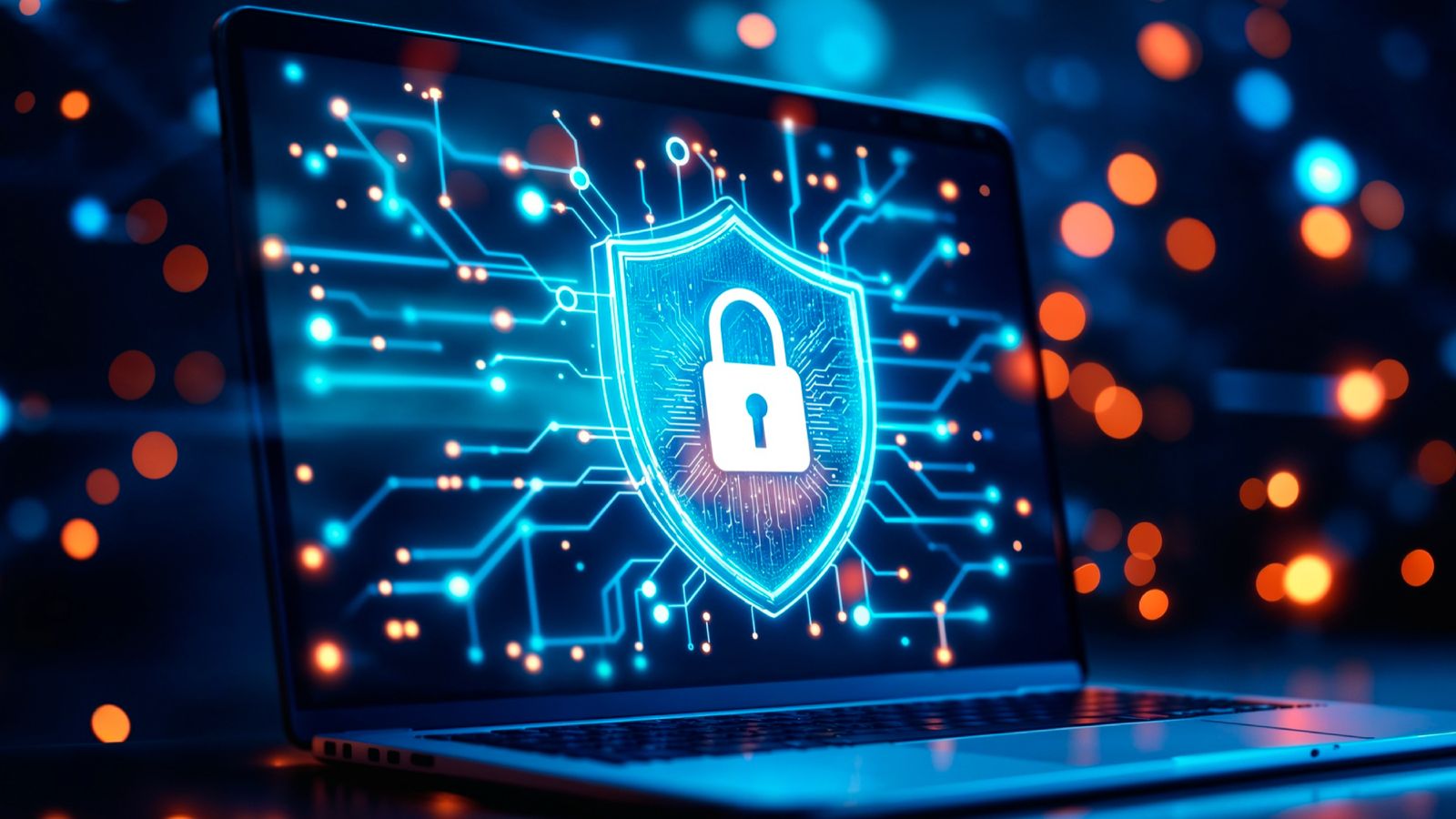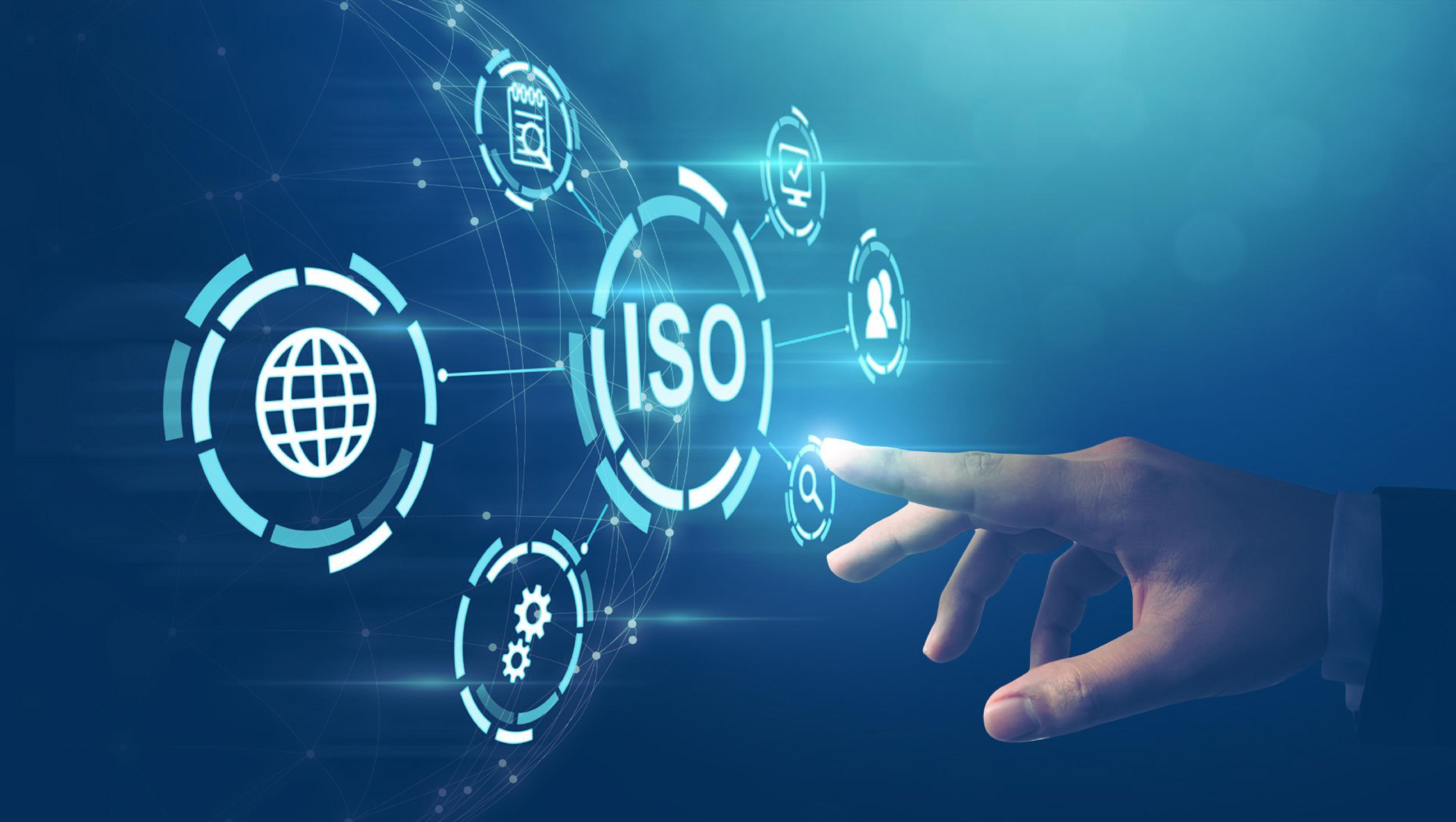We are proud to feature this article written by our very own Arushi Aesha, an Account Manager at Axletree. Arushi is dedicated to integrating technical innovation with business objectives, empowering strategic decision-making and project management. Her article delves into the world of tokenized assets—how they’re revolutionizing ownership, trading, and management—and examines Swift’s prominent role in driving this innovation.
Abstract
Tokenization is a groundbreaking innovation in the financial sector, offering the potential to transform asset ownership, trading, and management. By converting physical and digital assets into blockchain-based tokens, tokenization enhances liquidity, transparency, and inclusivity in global financial markets. This article explores the concept of tokenization, its applications, benefits, and challenges, while highlighting recent initiatives by Swift in this domain. As a critical enabler of global financial infrastructure, Swift’s work bridges traditional finance and emerging digital asset ecosystems, ensuring seamless integration and scalability.
Introduction
Tokenization refers to the process of representing ownership or rights to an asset through digital tokens on a blockchain or distributed ledger. These tokens can represent real-world assets such as real estate, commodities, or securities, as well as digital assets like intellectual property or cryptocurrency. By enabling fractional ownership and efficient transfer mechanisms, tokenization democratizes access to markets and improves overall asset liquidity.
Swift, as a global financial messaging network, plays a pivotal role in facilitating secure and standardized financial communications. Recognizing the potential of tokenization, Swift has initiated several projects to align traditional financial systems with the demands of the tokenized economy. This article delves into these initiatives and their implications for the financial industry.
How Tokenization Works
- Asset Identification: Determining the underlying asset to be tokenized.
- Token Creation: Converting ownership or rights into blockchain-based tokens.
- Smart Contracts: Automating the management and transfer of tokens.
- Trading and Settlement: Facilitating secure and efficient exchanges on digital platforms.
Benefits of Tokenization
- Accessibility: Lower barriers to entry for investors through fractional ownership.
- Liquidity: Enhanced market dynamics for traditionally illiquid assets.
- Transparency: Immutable records on blockchain ensure accountability and security.
- Cost Efficiency: Reduced reliance on intermediaries lowers transaction costs and settlement times.
Some Applications of Tokenization
- Real Estate: Tokenization enables fractional ownership of properties, allowing smaller investors to participate in the real estate market.
- Financial Securities: Securities like stocks and bonds can be tokenized, streamlining issuance, trading, and settlement processes.
- Commodities: Physical commodities such as gold and oil can be tokenized, providing investors with a more accessible and liquid investment vehicle.
- Intellectual Property: Creators can tokenize royalties, patents, and copyrights, enabling transparent and efficient revenue sharing.
Swift’s Role in Tokenization
Swift’s initiatives focus on integrating tokenization with traditional financial infrastructure to foster interoperability and scalability. Key efforts include:
- Tokenized Asset Pilot Program: Swift launched a pilot program to explore the interoperability of tokenized assets across multiple platforms. This initiative connected financial institutions, tokenization platforms, and central securities depositories (CSDs), testing the issuance, transfer, and redemption of tokenized securities.
- Collaboration with Chainlink: Swift partnered with Chainlink, a leading decentralized oracle network, to facilitate blockchain interoperability. This collaboration ensures that tokenized and traditional financial systems can communicate seamlessly.
- ISO 20022 Standardization: Swift’s adoption of ISO 20022 impacts tokenized assets by ensuring messaging consistency and enabling smoother integration of tokenization within the traditional financial ecosystem.
- CBDC Experiments: Swift’s experiments with central bank digital currencies (CBDCs) address cross-border use cases and interoperability challenges, further aligning the tokenization and CBDC frameworks.
- Enabling New Market Infrastructures: Swift is integrating Distributed Ledger Technology (DLT) with clearing and settlement processes to support tokenized asset adoption while maintaining compliance with regulatory standards.
Challenges in Tokenization
- Regulatory Uncertainty: The lack of a unified global regulatory framework creates hurdles for tokenization adoption.
- Interoperability Issues: Diverse platforms and technologies require robust solutions to ensure seamless operations across systems.
- Security Concerns: While blockchain offers inherent security, vulnerabilities in smart contracts and external threats remain significant challenges.
- Market Readiness: Institutional hesitancy and technological gaps can delay widespread adoption.
The Future of Tokenization
Tokenization represents a paradigm shift in the way assets are owned, traded, and managed. By bridging traditional financial systems with innovative digital frameworks, Swift’s initiatives are pivotal in driving this transformation by addressing interoperability, regulatory, and technological challenges. Through collaboration, standardization, and technological integration, the financial industry must be poised to embrace tokenization as a cornerstone of future growth and innovation.
April 8, 2025




